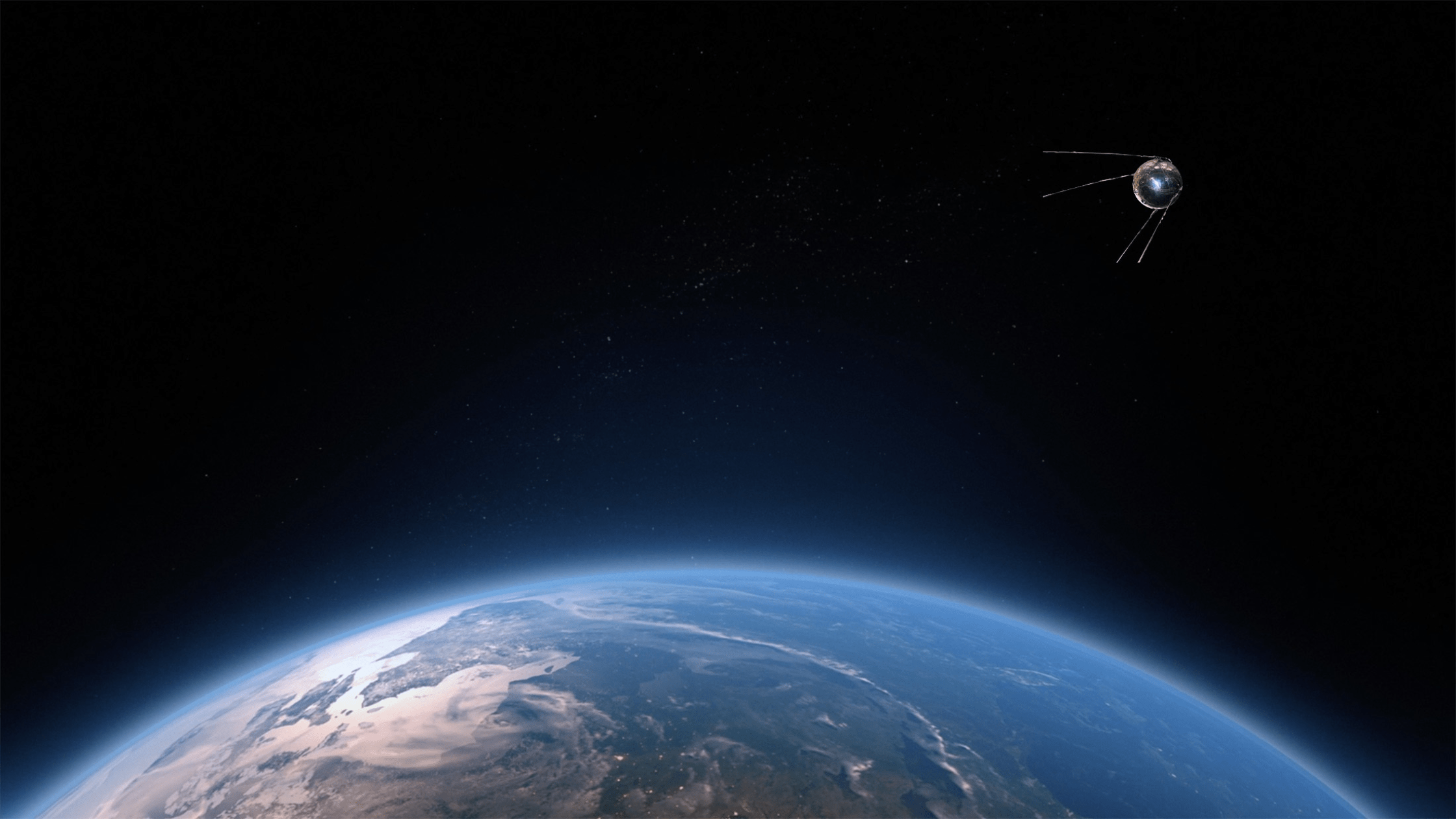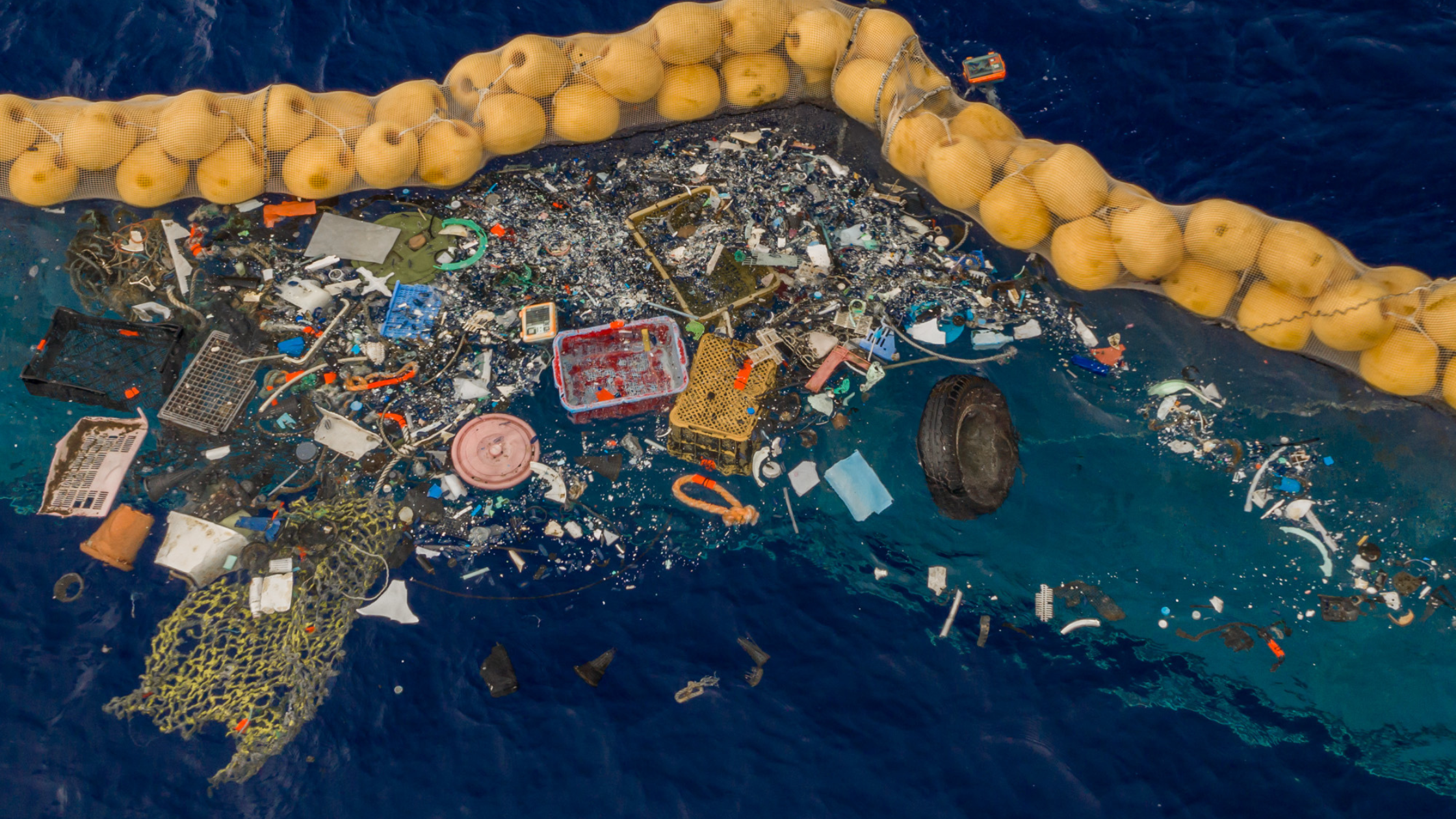
We all know that Jupiter, Saturn, Uranus, and Neptune in our solar system have rings around them. But have you ever wondered why Earth doesn’t have rings like Saturn? Today, we’ll explain how these rings are formed and what might happen if Earth were to have rings.
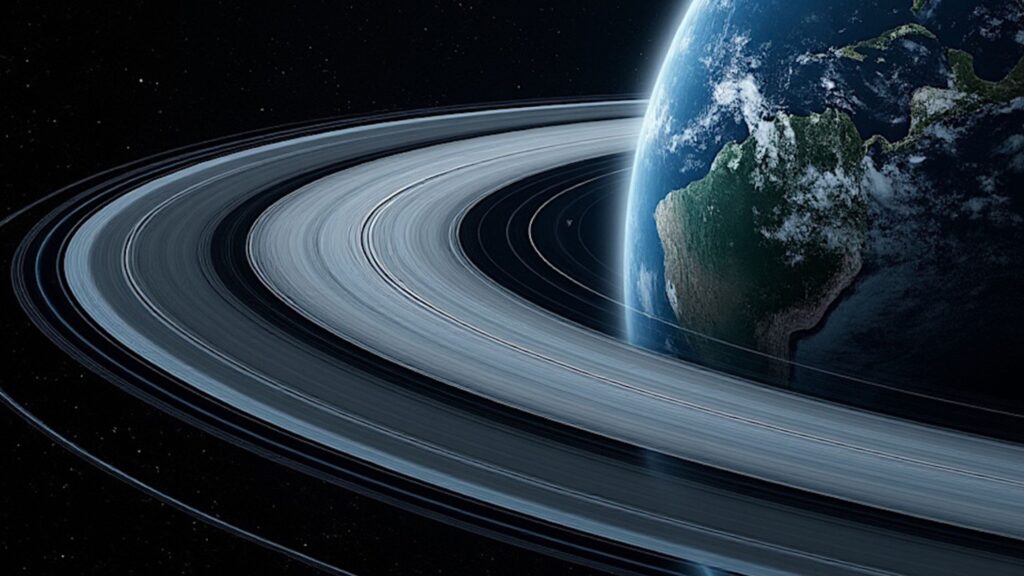
Jupiter has four primary rings: the halo ring, the main ring, the Amalthea gossamer ring, and the Thebe gossamer ring. Among these, the halo ring is the closest to Jupiter, extending up to 12,500 kilometers. These rings are formed when fragments of dwarf planets collide with Jupiter’s moons. The resulting dust particles are captured by Jupiter’s strong gravitational pull and begin orbiting the planet.
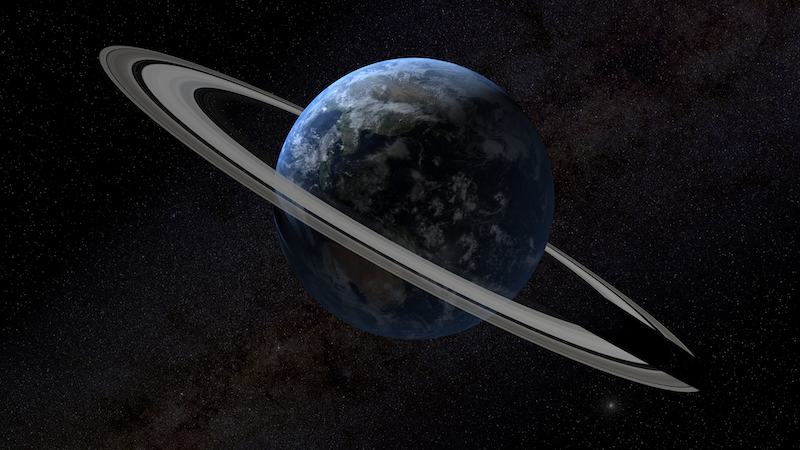
Similarly, Saturn has 12 rings, surrounded by countless dust particles and fragments of asteroids left over from the formation of the solar system. Jupiter and Saturn have strong gravitational forces, which allow them to attract many asteroids. Uranus and Neptune also have rings, formed as these planets pull in asteroids, particularly those from the Kuiper Belt, with their gravity.
So, why doesn’t Earth have rings like Saturn? The answer lies in a concept known as the “Roche limit.” The Roche limit refers to the distance within which a celestial body, like a moon, can be torn apart by a planet’s tidal forces.
For example, Earth’s Moon orbits the planet because it remains outside Earth’s Roche limit. However, if the Moon were to move closer and cross this limit, Earth’s tidal forces would break it apart. The resulting fragments would then orbit Earth, forming a ring.
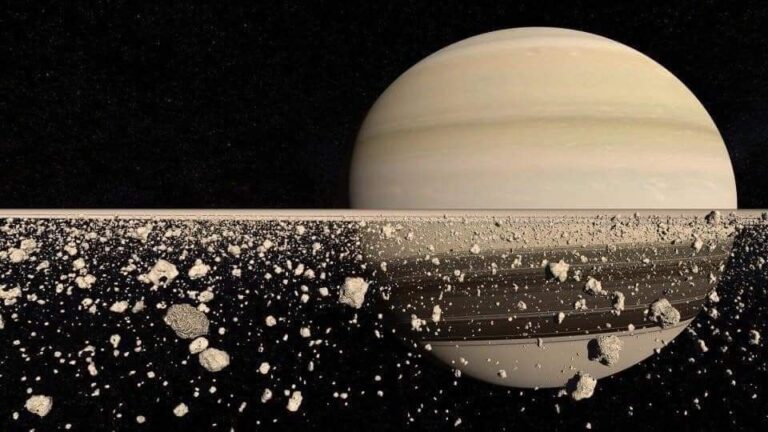
The Roche limit varies for each planet, depending on its size, gravity, and density. Earth’s Roche limit is approximately 35,000 kilometers. So far, no moon, asteroid, or comet has crossed this boundary, which is why Earth doesn’t have rings.
The Roche limit is calculated using the following formula:
2.4xR(pM/pm)1/3.
Where Pm = Density of primary body, pm = density of object entering,
R = Radius of main body.
This formula shows that an object’s density, in addition to its distance, plays a role in whether it forms a ring.
The Roche limit applies not only to planets but also to moons. For instance, the Moon’s Roche limit is about 18,000 kilometers. If asteroid fragments were to enter this distance, they would begin orbiting the Moon. Similarly, if the Moon itself were to enter Earth’s Roche limit, it would break apart, and its fragments would form a ring around Earth.

